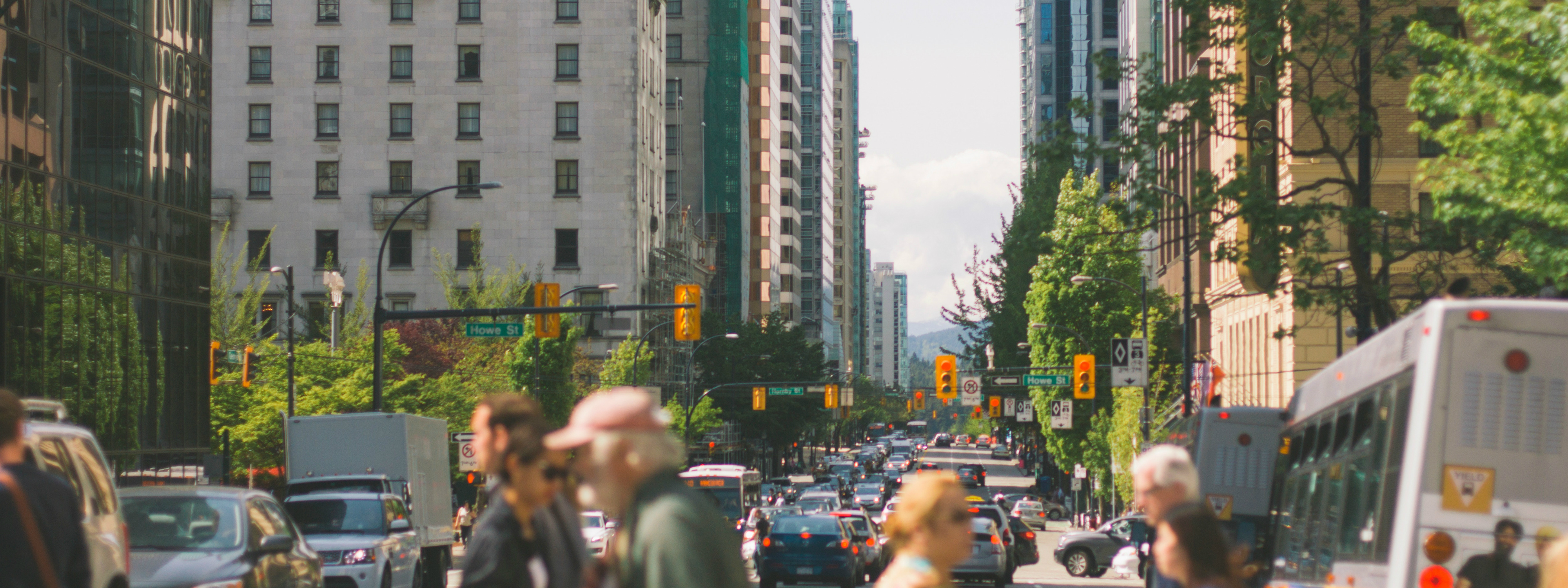Compendium of Best Urban Forest Management Practices
Chapter 16. Invasive Plant Species
Return to the Compendium homepage here:
Compendium of Best Urban Forest Management Practices →

Compendium of Best Urban Forest Management Practices
Return to the Compendium homepage here:
Compendium of Best Urban Forest Management Practices →
Invasive plant species can displace native vegetation and may have no natural predators in Canada. Without the presence of their natural controls such as insects and diseases, invasive species may grow aggressively and can monopolize large areas by out-competing native trees by producing toxic chemicals and competing for light and nutrients. Another risk involves the possibility of non-native species hybridizing with native vegetation and eventually eliminating native genetic strains. Non-native and invasive species can significantly change ecosystem functioning if effective management practices are not implemented. Invasive plants can be carried to urban areas by vehicle, by wind or water, on pets, or can be intentionally planted in gardens.
Governments, non-profit organizations, regional bodies, or conservation authorities may develop invasive plant strategic management plan to eradicate or prevent invasive plants in urban areas. For example, the City of Calgary’s strategic management plan incorporates numerous strategies: early detection and response, research and development of new eradication strategies, inventorying, prevention, community outreach, and integrated weed management that uses biological, chemical and cultural control methods to eliminate or prevent priority invasive species. Additionally, governments may introduce weed control legislation that prohibits particular plants.
Canadian online resources:
Invasive plant and weed legislation and regulations in Canada:
Francis, R. A. & Chadwick, M. A. (2015). Urban Invasions: non-native and invasive species in cities. Geography, 100(3), 144-151. Retrieved from https://search.proquest.com/openview/73beff42ad6fb41f7bae64d8c0e434ba/1?pq-origsite=gscholar&cbl=42255
Hawthorne, T. L., Elmore, V., Strong, A., Bennett-Martin, P., Finnie, J., Parkman, J.,. . . Reed, J. (2014). Mapping non-native invasive species and accessibility in an urban forest: A case study of participatory mapping and citizen science in Atlanta, Georgia. Applied Geography, 56, 187-198. https://doi.org/10.1016/j.apgeog.2014.10.005
McMillen, H., Campbell, L. K., & Svendsen, E. S. (2018). Weighing values and risks of beloved invasive species: The case of the survivor tree and conflict management in urban green infrastructure. Urban Forestry & Urban Greening. https://doi.org/10.1016/j.ufug.2018.06.023
Navigation